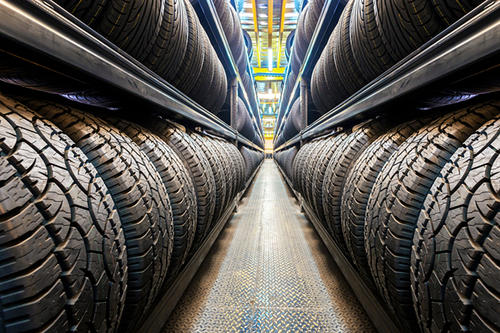
Tire companies have long sought an efficient way to make isoprene—the main building block of natural rubber—from sugars found in trees, grass, and other plants. Now, a University of Minnesota-led team of engineers has given them one.
The majority of fossil fuel-derived isoprene currently goes into about a million tons of nonrenewable rubber every year, the researchers write in their research paper.
The new discovery has the potential to expand domestic production of car tires from renewable sources and is expected to have an impact on many other rubber-based products. The University has applied for a patent on the process.
Microbes + manufacturing
Making isoprene has proven a tough nut to crack. The U-led team did it by using microbes to ferment glucose into a molecule that they then turned into isoprene via new, highly improved chemistry.
Key to that chemistry was a catalyst discovered at the U of M. Related catalysts, all based on minerals called zeolites, also performed beautifully.
This dramatic result came as a bit of a surprise, and is “the reason renewable isoprene is possible,” according to team leader Paul Dauenhauer, an associate professor of chemical engineering and materials science.
In related work, U researchers have engineered processes to help turn sugars into spandex, new polyesters, and plastics.
- Categories:
- Science and Technology





